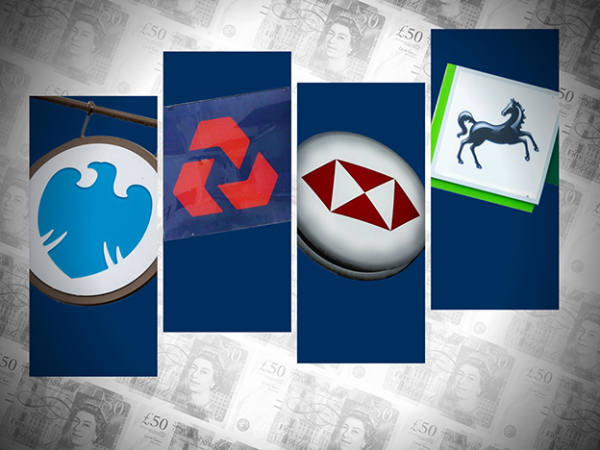- Base effects could put downward pressure on inflation figures this year
- But even if the rate of inflation falls, prices will keep rising…
What are base effects?
The annual rate of inflation tells us the percentage change in the consumer price index (CPI) compared with the value recorded in the same month a year ago.
Although this sounds dry, it is all about to get very interesting. Around a year ago, the invasion of Ukraine started to feed through to economic data, causing a huge spike in energy and food prices and pushing up the CPI. This means that the annual inflation rates over the next few months will be calculated against a very high base value.
Dan North, chief North America economist at Allianz, provides a nice illustration of why this matters. Imagine you have two bamboo stalks each growing an inch per day. If the first stalk is only one inch tall, that extra inch represents 100 per cent growth. But if the second stalk was 100 inches tall to start with, it has only grown by 1 per cent. The absolute increase is the same, but the percentage change differs hugely: “it’s the beginning number or the ‘base’ which can distort or mislead”.
Food, fuel and energy prices
Andrew Yeap, senior researcher at the Office for National Statistics (ONS), told Investors' Chronicle that the clearest example of a base effect currently affecting the overall inflation rate comes from petrol and diesel. At the start of 2022, fuel prices were around 150p per litre (ppl), but rose sharply and persistently, hitting 189.5ppl for petrol and 197.9ppl for diesel last summer.
Yeap explains that "in this situation, we’re going to see further base effects if for the rest of this year prices don’t match the record rises that we saw in the first half of last year”. He adds that “if this is the case (emphasis his), then motor fuels will contribute by pulling overall inflation down considerably over the coming months”.
Energy prices could experience a similar effect. Last April’s 54 per cent increase in the price cap was the largest monthly jump in gas and electricity prices ever recorded. Prices are still rising today: although the government’s energy price guarantee has been extended, the £2,500 cap for typical use leaves per-unit prices around 27 per cent higher than they were a year ago.
But because this year’s hike will be less steep measured against last year’s high base, the contribution of energy to CPI is due to fall in year–on-year figures. Daniel Mahoney, UK economist at Handelsbanken, explains that “base effects will cause the rate of increase to slow markedly, despite absolute price levels still being higher than a year ago”. Base effects loom for food prices, too.
In bamboo-stalk terms, food, fuel and energy prices are towering so high that even a substantial absolute increase could equate to a modest percentage change in the months ahead. It is an unpalatable fact of economics that falling inflation doesn't mean falling prices – only that prices are rising at a slower rate. Base effects could make this bitter pill even harder to swallow.
How can we get a clearer picture?
But base effects are not the whole picture: there will be multiple drivers of inflation in the year ahead, and Yeap notes that other factors could even work against these effects by dragging inflation up. Nevertheless, core inflation figures – which exclude base-effect-prone energy and food prices – will help us to judge true inflation stickiness.
Usually, annual inflation figures are the economist’s measure of choice. Monthly data is more volatile, subject to seasonal fluctuations, and, frankly, harder to understand: most people are aware of the UK’s 2 per cent inflation target, but less familiar with the fact that this is equivalent to around 0.17 per cent inflation per calendar month. But in the presence of effects such as those described above, month-on-month figures could become increasingly important.
As Yeap sums up: “inflationary base effects are when inflationary changes are caused considerably more by how prices behaved in the previous year, rather than it being particularly due to what is happening now".












